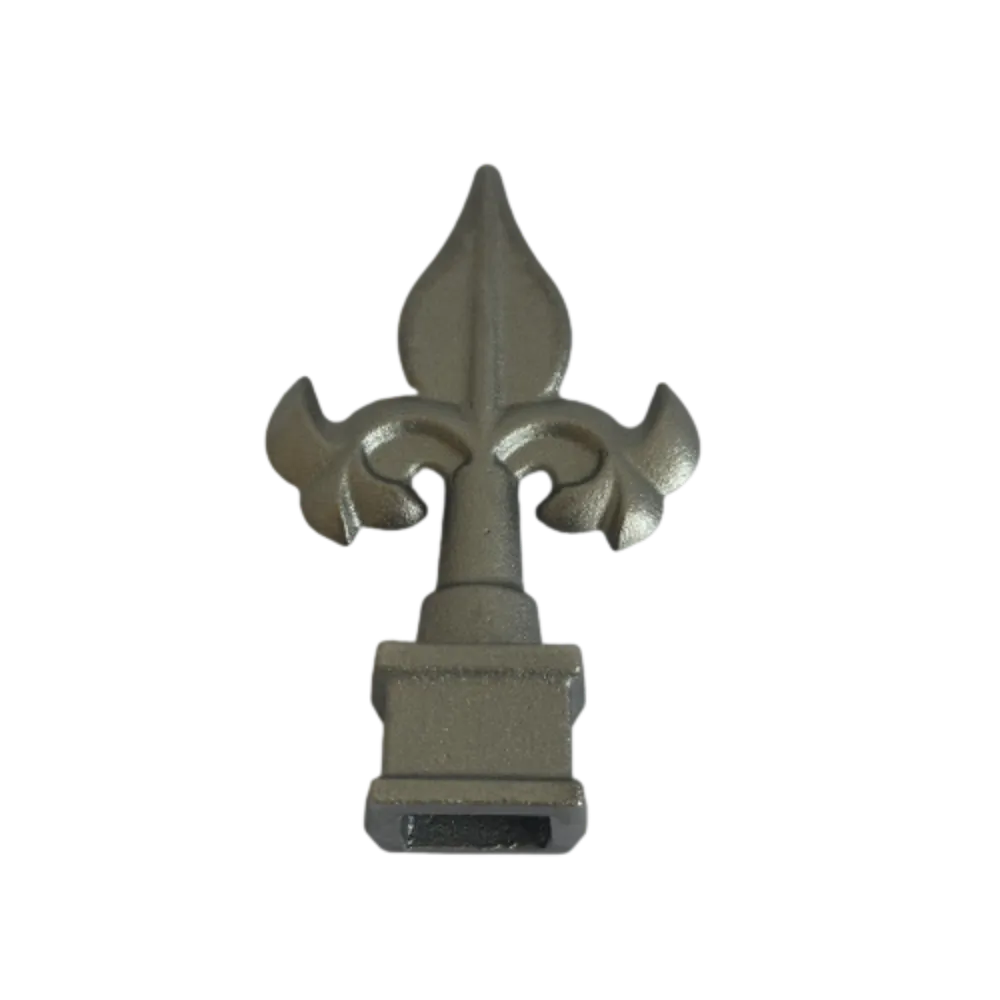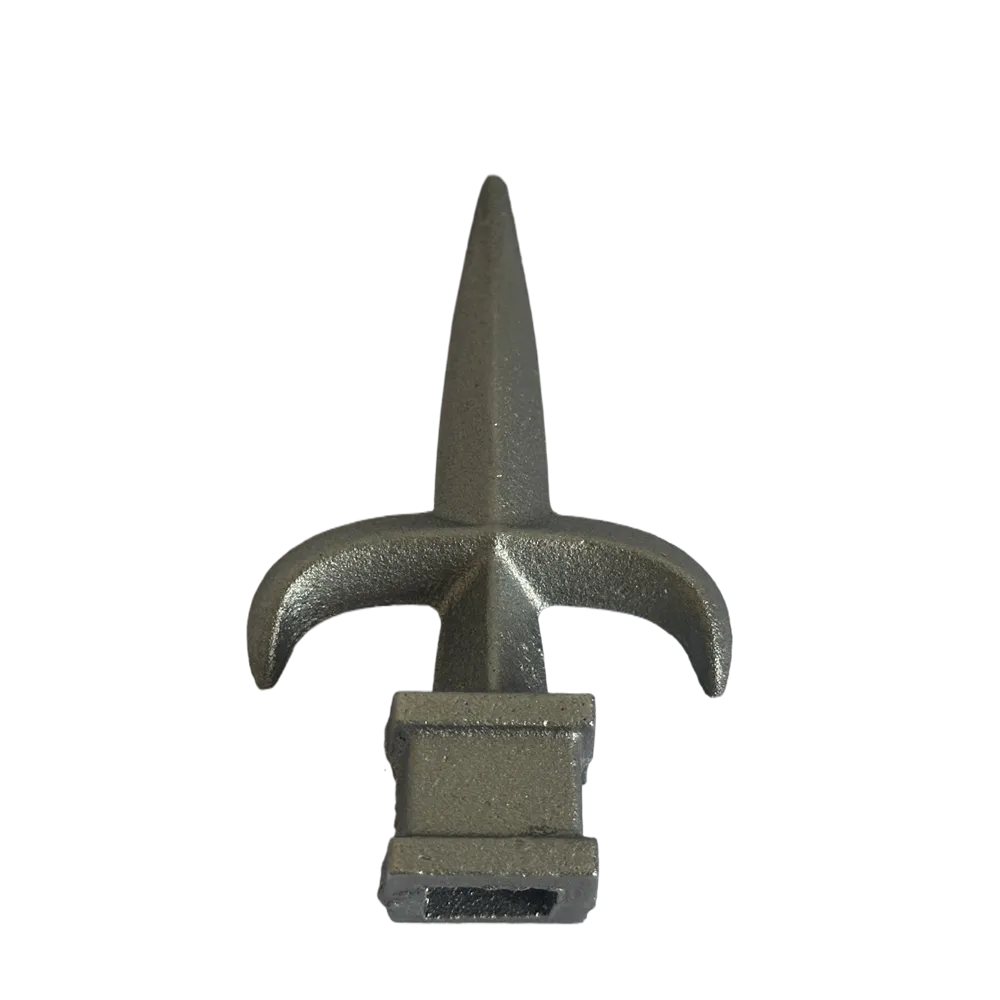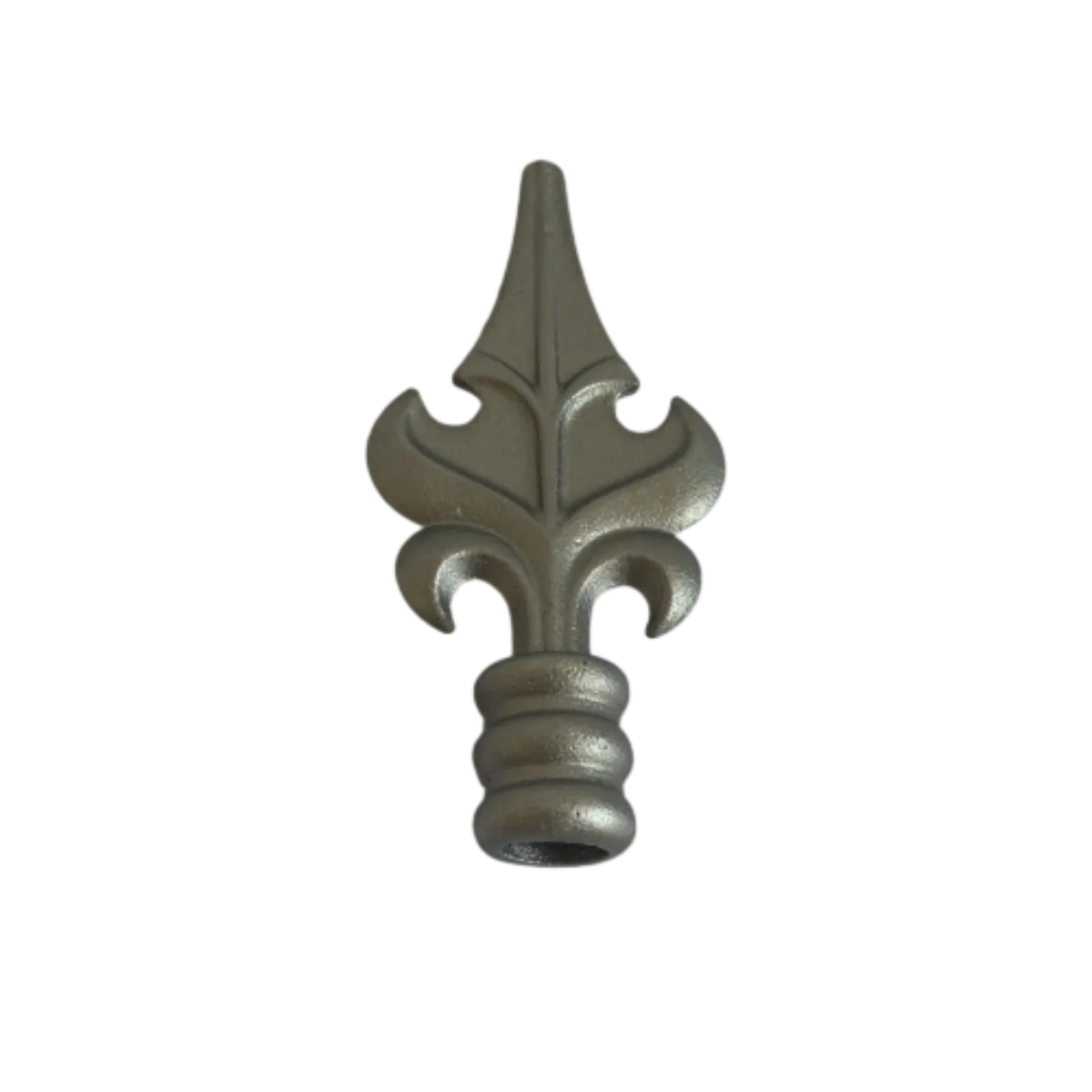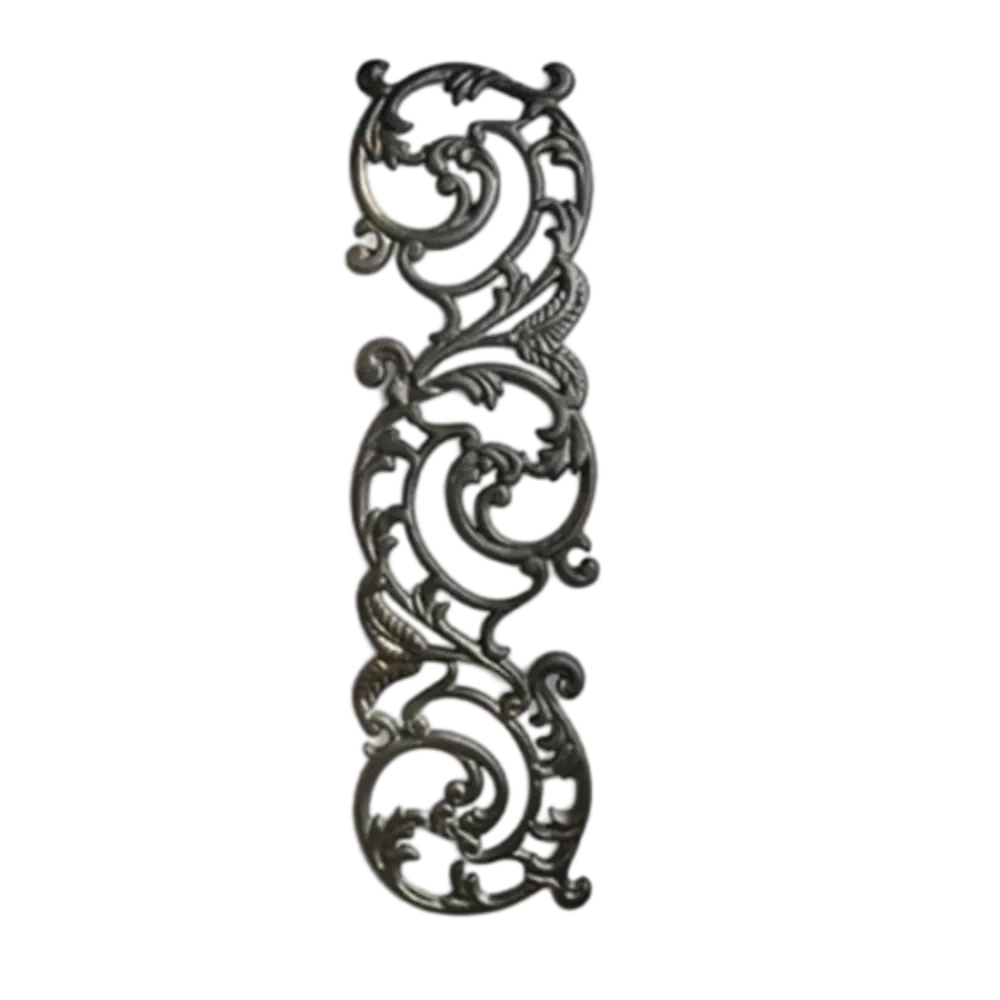foundry work
The Art and Science of Foundry Work
Foundry work is an ancient craft that has evolved over centuries, merging traditional techniques with modern technologies. The foundry is a place where raw materials, primarily metals, are melted and poured into molds to create desired shapes and products. This intricate process requires a blend of artistic vision, engineering skills, and an understanding of materials. In this article, we will explore the various aspects of foundry work, its significance in various industries, and the future of this timeless practice.
Historical Perspective
The origins of foundry work can be traced back to ancient civilizations such as the Egyptians, Greeks, and Chinese, who used metal casting to create tools, weapons, and ornamental objects. The process typically involved heating metal ore until it became molten and then pouring it into a mold made from clay or sand. As societies progressed, the techniques and materials evolved, leading to innovations such as lost-wax casting and investment casting. These developments allowed for greater precision and complexity in the designs produced.
The Foundry Process
The foundry process can be broadly divided into several key steps
1. Pattern Making A pattern of the final product is created, often from wood or metal. This pattern serves as a mold to form the desired shape in the casting process.
2. Mold Making The pattern is used to form a mold, typically made from sand mixed with a binding agent. The mold must be strong enough to withstand the heat and pressure of the molten metal.
3. Melting The raw metal, often in the form of scrap, is melted in a furnace. The temperature and atmosphere within the furnace must be carefully controlled to ensure the metal reaches the correct consistency and purity.
4. Pouring Once the metal is molten, it is poured into the mold. This step requires precision to avoid defects and ensure that the molten metal fills all areas of the mold.
5. Cooling After the metal has been poured, it needs to cool and solidify. This can take anywhere from minutes to hours, depending on the size and thickness of the cast.
foundry work

6. Finishing Once the metal has cooled and solidified, the mold is removed, revealing the cast product. This item may then undergo additional finishing processes such as grinding, polishing, or coating to achieve the desired final appearance.
Applications of Foundry Work
Foundry work plays a crucial role in numerous industries. For instance, in the automotive sector, foundries produce engine blocks, transmission cases, and various components that require high durability and precision. The aerospace industry relies on foundry products for critical parts such as turbine blades and structural components, where material performance is paramount.
Moreover, foundries also contribute significantly to the construction industry, providing materials like cast iron and steel, used in buildings, bridges, and infrastructure. Artistic foundries produce ornamental metalwork, sculptures, and custom art pieces, demonstrating the creative aspect of this craft.
Challenges and Innovations
The foundry industry faces several challenges, including the need for sustainable practices and the integration of advanced technologies. Environmental concerns related to emissions and waste management have prompted many foundries to adopt greener processes, such as utilizing recycled materials and implementing energy-efficient systems.
Additionally, technological advancements like computer-aided design (CAD) and automation are transforming foundry work. These innovations enhance precision, reduce labor costs, and increase production efficiency. The rise of additive manufacturing, or 3D printing, is also beginning to influence the foundry landscape, allowing for rapid prototyping and the creation of complex geometries that were previously difficult or impossible to achieve.
The Future of Foundry Work
As we move into an era characterized by rapid technological change, the future of foundry work looks promising. The integration of smart technologies and data analytics will likely optimize production processes and improve quality control. Furthermore, a renewed focus on craftsmanship and artisanal techniques may lead to a resurgence in custom and high-quality cast products.
Foundry work, with its rich history and deep-rooted significance in manufacturing, showcases the remarkable blend of art and science. As industries continue to innovate and prioritize sustainability, the foundry will remain a crucial component in the development of new materials and products, contributing to both the economy and culture.
-
Wrought Iron Components: Timeless Elegance and Structural StrengthNewsJul.28,2025
-
Window Hardware Essentials: Rollers, Handles, and Locking SolutionsNewsJul.28,2025
-
Small Agricultural Processing Machines: Corn Threshers, Cassava Chippers, Grain Peelers & Chaff CuttersNewsJul.28,2025
-
Sliding Rollers: Smooth, Silent, and Built to LastNewsJul.28,2025
-
Cast Iron Stoves: Timeless Heating with Modern EfficiencyNewsJul.28,2025
-
Cast Iron Pipe and Fitting: Durable, Fire-Resistant Solutions for Plumbing and DrainageNewsJul.28,2025
-
 Wrought Iron Components: Timeless Elegance and Structural StrengthJul-28-2025Wrought Iron Components: Timeless Elegance and Structural Strength
Wrought Iron Components: Timeless Elegance and Structural StrengthJul-28-2025Wrought Iron Components: Timeless Elegance and Structural Strength -
 Window Hardware Essentials: Rollers, Handles, and Locking SolutionsJul-28-2025Window Hardware Essentials: Rollers, Handles, and Locking Solutions
Window Hardware Essentials: Rollers, Handles, and Locking SolutionsJul-28-2025Window Hardware Essentials: Rollers, Handles, and Locking Solutions -
 Small Agricultural Processing Machines: Corn Threshers, Cassava Chippers, Grain Peelers & Chaff CuttersJul-28-2025Small Agricultural Processing Machines: Corn Threshers, Cassava Chippers, Grain Peelers & Chaff Cutters
Small Agricultural Processing Machines: Corn Threshers, Cassava Chippers, Grain Peelers & Chaff CuttersJul-28-2025Small Agricultural Processing Machines: Corn Threshers, Cassava Chippers, Grain Peelers & Chaff Cutters












